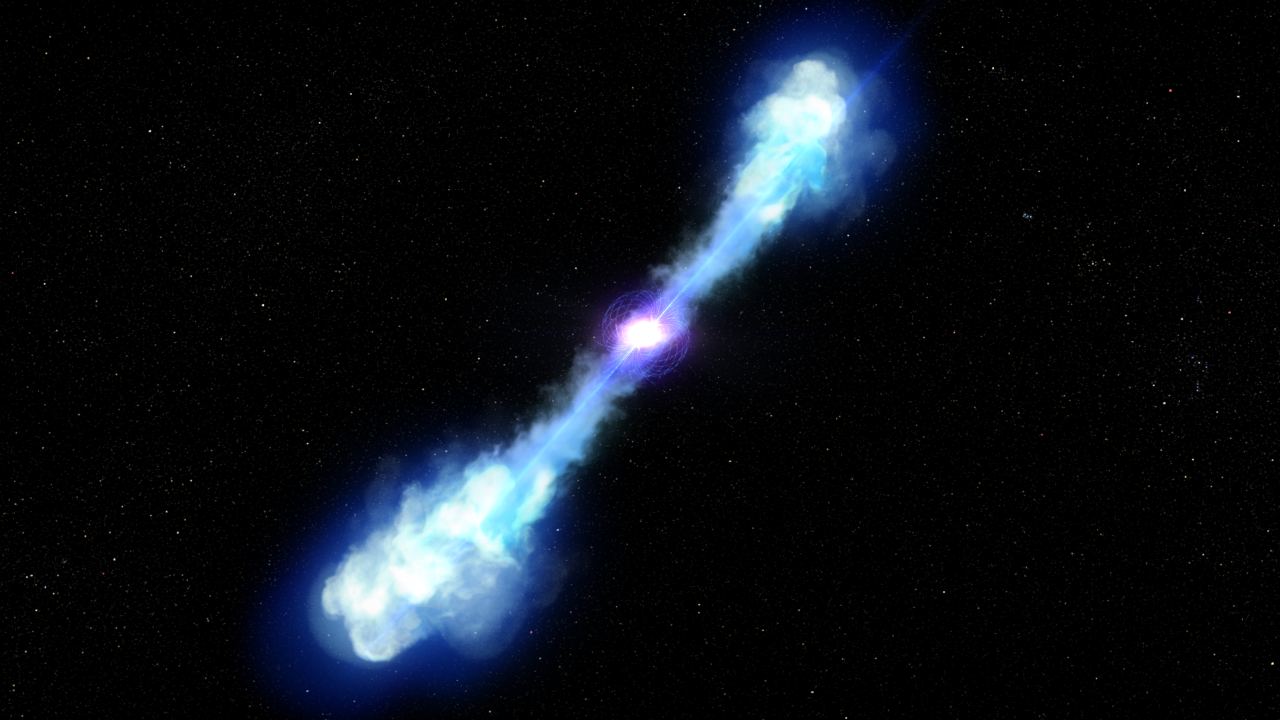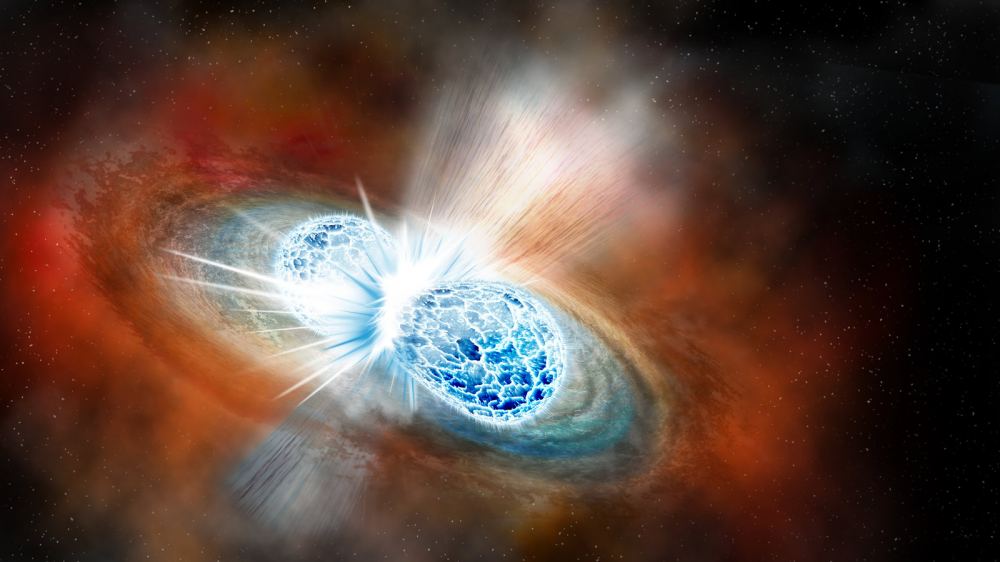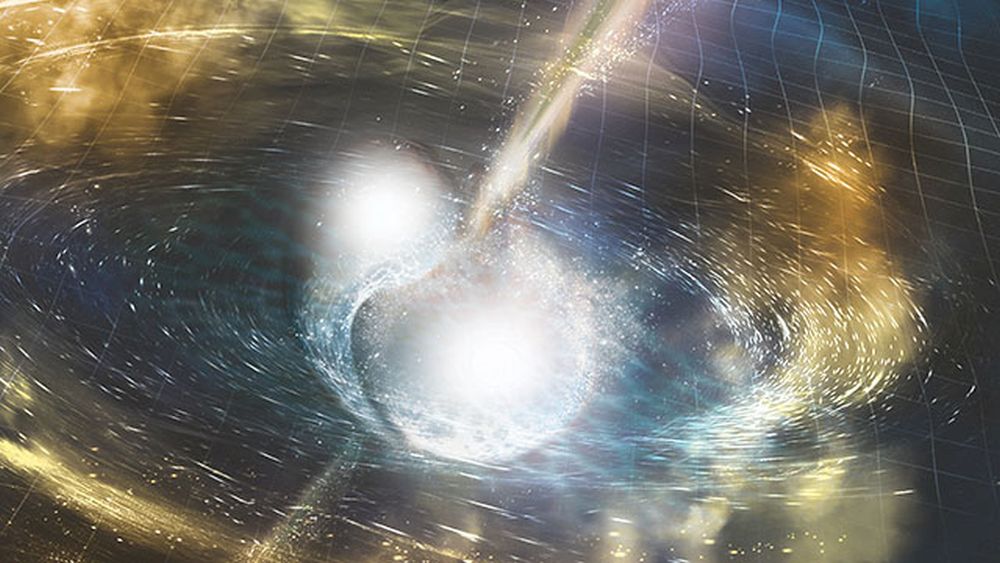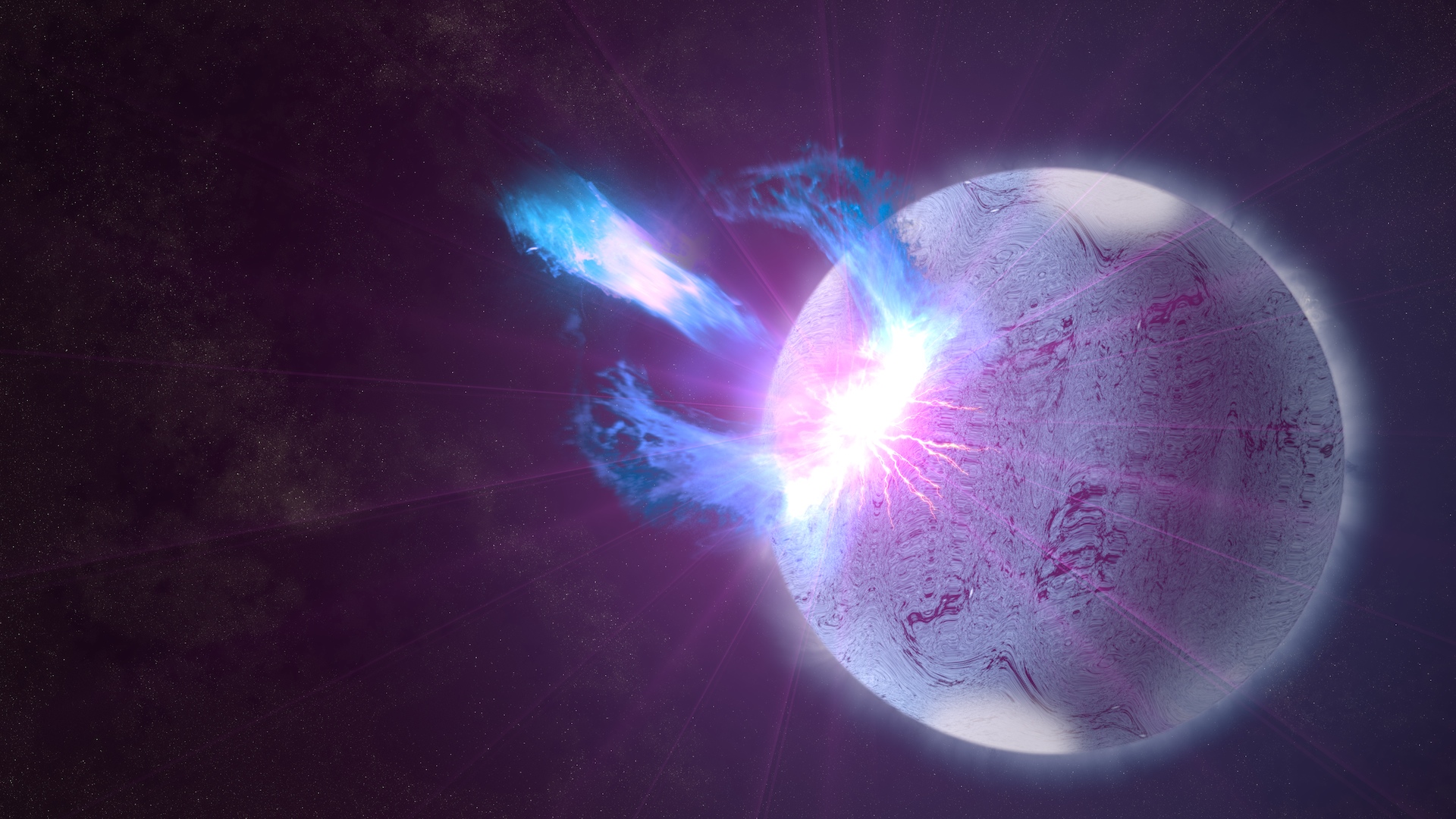A magnetar is a neutron star with a magnetic field thousands of times more powerful than those of typical neutron stars. Their fields are so strong that they can generate powerful, short-duration events such as soft gamma repeaters and fast radio bursts. While we have learned quite a bit about magnetars in recent years, we still don’t understand how neutron stars can form such intense magnetic fields. But that could soon change thanks to a new study.
Continue reading “Astronomers think they’ve seen a magnetar form for the first time; the collision of two neutron stars”Merging Black Holes and Neutron Stars. All the Gravitational Wave Events Seen So Far in One Picture
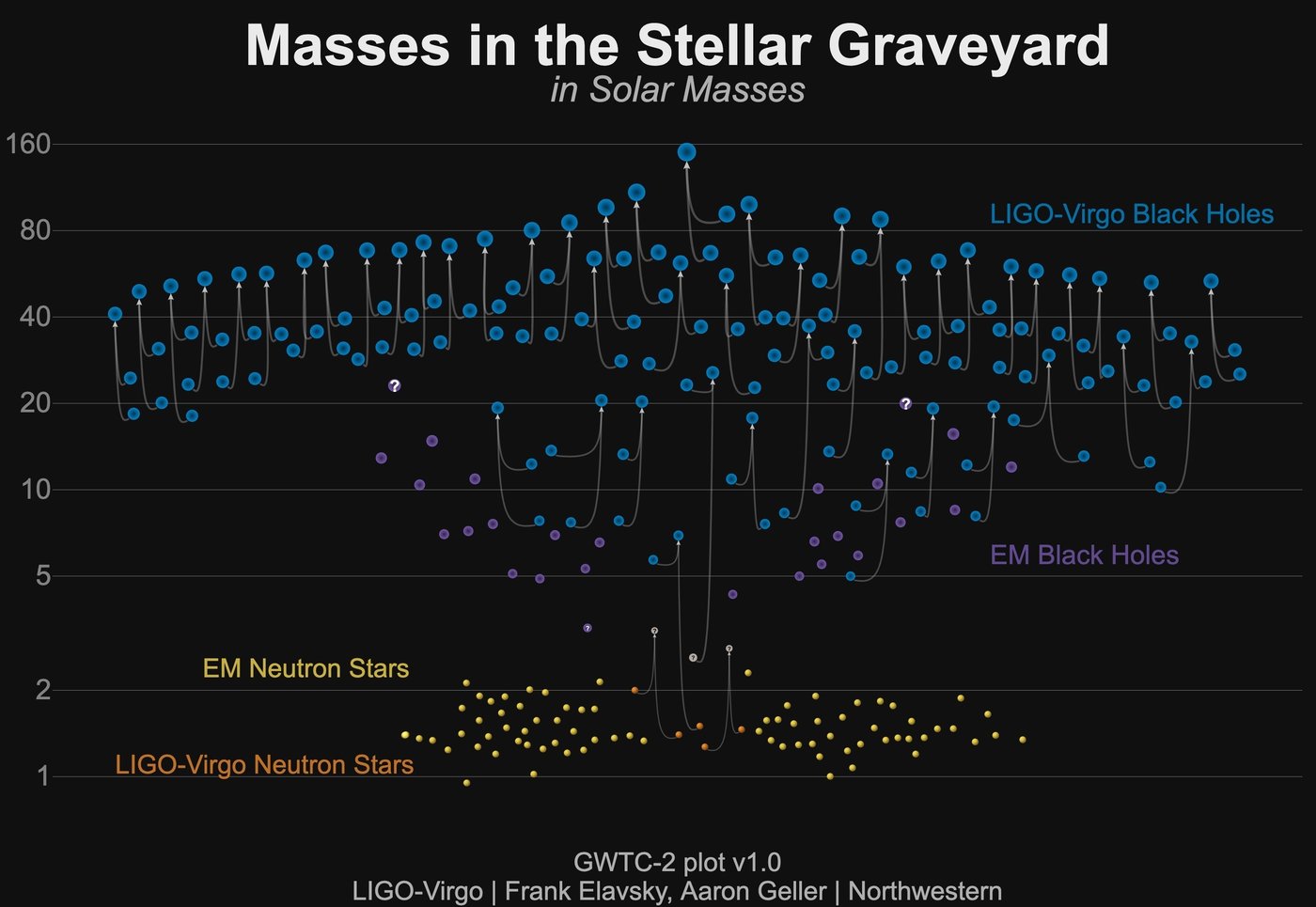
The Theory of Relativity predicted the existence of black holes and neutron stars. Einstein gets the credit for the theory because of his paper published in 1915, even though other scientists’ work helped it along. But regardless of the minds behind it, the theory predicted black holes, neutron stars, and the gravitational waves from their mergers.
It took about one hundred years, but scientists finally observed these mergers and their gravitational waves in 2015. Since then, the LIGO/Virgo collaboration has detected many of them. The collaboration has released a new catalogue of discoveries, along with a new infographic. The new infographic displays the black holes, neutron stars, mergers, and the other uncertain compact objects behind some of them.
Continue reading “Merging Black Holes and Neutron Stars. All the Gravitational Wave Events Seen So Far in One Picture”New Simulation Shows Exactly What’s Happening as Neutron Stars Merge
Neutron stars are the remnants of massive stars that explode as supernovae at the end of their fusion lives. They’re super-dense cores where all of the protons and electrons are crushed into neutrons by the overpowering gravity of the dead star. They’re the smallest and densest stellar objects, except for black holes, and possibly other arcane, hypothetical objects like quark stars.
When two neutron stars merge, we can detect the resulting gravitational waves. But some aspects of these mergers are poorly-understood. One question surrounds short-lived gamma-ray bursts from these mergers. Previous studies have shown that these bursts may come from the decay of heavy elements produced in a neutron star merger.
A new study strengthens our understanding of these complex mergers and introduces a model that explains the gamma rays.
Continue reading “New Simulation Shows Exactly What’s Happening as Neutron Stars Merge”Astronomers Measure a 1-billion Tesla Magnetic Field on the Surface of a Neutron Star
We recently observed the strongest magnetic field ever recorded in the Universe. The record-breaking field was discovered at the surface of a neutron star called GRO J1008-57 with a magnetic field strength of approximately 1 BILLION Tesla. For comparison, the Earth’s magnetic field clocks in at about 1/20,000 of a Tesla – tens of trillions of times weaker than you’d experience on this neutron star…and that is a good thing for your general health and wellbeing.
Neutron stars are the “dead cores” of once massive stars which have ended their lives as supernova. These stars exhausted their supply of hydrogen fuel in their core and a power balance between the internal energy of the star surging outward, and the star’s own massive gravity crushing inward, is cataclysmically unbalanced – gravity wins. The star collapses in on itself. The outer layers fall onto the core crushing it into the densest object we know of in the Universe – a neutron star. Even atoms are crushed. Negatively charged electrons are forced into the atomic nuclei meeting their positive proton counterparts creating more neutrons. When the core can be crushed no further, the outer remaining material of the star rebounds back into space in a massive explosion – a supernova. The resulting neutron star, made of the crushed stellar core, is so dense that a single sugar-cube-sized sampling would weigh billions of tons – as much as a mountain (though if you’re “worthy” you MIGHT able to lift it since Thor’s Hammer is made of the stuff). Neutron stars are typically about 20km in diameter and can still be a million degrees Kelvin at the surface.
But if they’re “dead,” how can neutron stars be some of the most magnetic and powerful objects in the Universe?
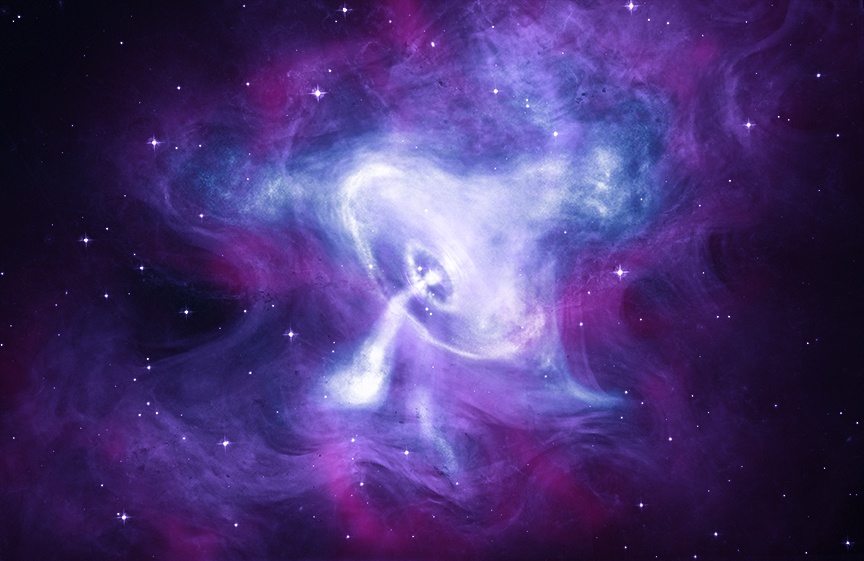
Neutron stars of different masses can make a real mess when they collide
When neutron stars collide, they go out with a tremendous bang, fueling an explosion up to a thousand times more powerful than a supernova. But sometimes they go out with a whimper, and a recent suite of simulations is showing why: they turn into a black hole.
Continue reading “Neutron stars of different masses can make a real mess when they collide”A brand new magnetar found, it’s only 240 years old
Magnetars are some of the most ridiculous objects in the universe. Composed of the densest material possible spinning faster than your kitchen blender, they generate the absolute most powerful magnetic fields the cosmos has ever seen – and astronomers have recently spotted a newborn.
Continue reading “A brand new magnetar found, it’s only 240 years old”Why Pulsars Are So Bright

When pulsars were first discovered in 1967, their rhythmic radio-wave pulsations were a mystery. Some thought their radio beams must be of extraterrestrial origin.
We’ve learned a lot since then. We know that pulsars are magnetized, rotating neutrons stars. We know that they rotate very rapidly, with their magnetic poles sending sweeping beams of radio waves out into space. And if they’re aimed the right way, we can “see” them as pulses of radio waves, even though the radio waves are steady. They’re kind of like lighthouses.
But the exact mechanism that creates all of that electromagnetic radiation has remained a mystery.
Continue reading “Why Pulsars Are So Bright”Neutron Stars Could Have a Layer of Exotic Quark Matter Inside Them
Neutron stars are strange things. They can form when gravity kills a star, crushing its remains into a dense ball the size of a small city. They are so dense that only quantum forces and the Pauli exclusion principle keeps it from collapsing into a black hole singularity. The interior of a neutron star is so dense that matter behaves in ways we still don’t fully understand.
Continue reading “Neutron Stars Could Have a Layer of Exotic Quark Matter Inside Them”Neutron Star Measures Just 22 Kilometers Across

How big is a neutron star? These extreme, ultra-dense collapsed stars are fairly small, as far as stellar objects are concerned. Even though they pack the mass of a full-sized star, their size is often compared to the width of a medium-to-large-sized city. For years, astronomers have pegged neutron stars at somewhere between 19-27 km (12 to 17 miles) across. This is quite actually quite precise, given the distances and characteristics of neutrons stars. But astronomers have been working to narrow that down to an even more precise measurement.
An international team of researchers has now done just that. Using data from several different telescopes and observatories, members of the Max Planck Institute for Gravitational Physics, theAlbert Einstein Institute (AEI) have narrowed the size estimates for neutron stars by a factor of two.
Continue reading “Neutron Star Measures Just 22 Kilometers Across”Astronomers Map the Surface of a Pulsar
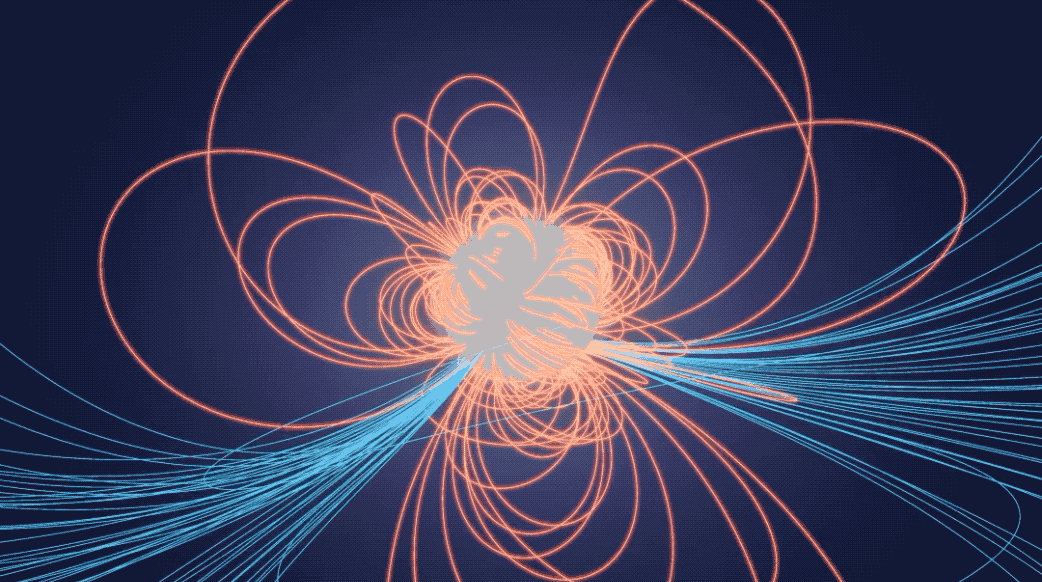
When stars exhaust their supply of fuel, they collapse under their own weight and explode, blowing off their outer layers in an event known as a “supernova”. In some cases, these events leave behind neutron stars, the smallest and densest of stellar objects (with the exception of certain theoretical stars) that sometimes spin rapidly. Pulsars, a class of neutron star, can spin up to several hundred times per second.
One such object, designated J0030+0451 (J0030), is located about 1,100 light-years from Earth in the Pisces constellation. Recently, scientists using NASA’s Neutron star Interior Composition Explorer (NICER) were able to measure the pulsar’s size and mass. In the process, they also managed to locate the various “hot spots” on its surface, effectively creating the first map of a neutron star.
Continue reading “Astronomers Map the Surface of a Pulsar”
